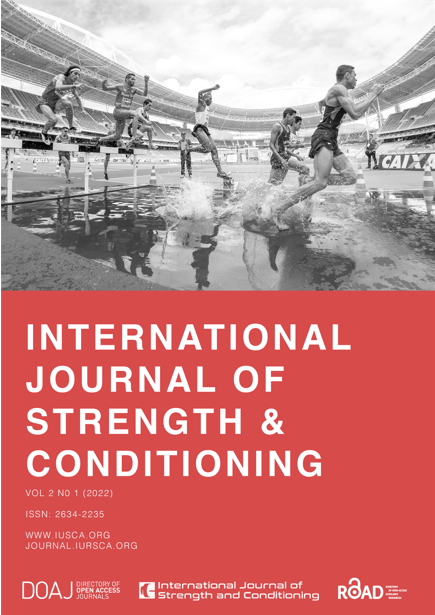Workload Management Strategies to Optimize Athlete Performance in Collegiate Men’s and Women’s Basketball
Workload Management in Collegiate Basketball
DOI:
https://doi.org/10.47206/ijsc.v2i1.136Keywords:
External Workload; Internal Workload; Load Management; Return to Play; Sports ScienceAbstract
Monitoring workload provides information about the physical demands in which athletes are competing in the sport of basketball. Sports scientists, strength and conditioning coaches and athletic trainers need to utilize this information to periodize and make decisions on practices and training program to optimize performance and prevent injuries. External workload was determined as impact workload asymmetry: low-intensity, medium-intensity, and high-intensity and overall inertial movement analysis. The internal workload was determined by a modified rating of perceived exertion (RPE) scale to mimic the three different intensity levels of the internal workload. The following narrative review presents knowledge on monitoring internal and external workload utilizing 95% confidence intervals during training sessions (practices), competition (games), and testing sessions (return to play protocols) while employing the use of inertial measurement units (IMUs) in basketball athletes.
Metrics
Published
Issue
Section
License
Authors retain copyright of their work, granting IJSC a license to publish and distribute. All articles are distributed under the Creative Commons Attribution 4.0 License. We clearly state any fees associated with submissions or access for readers. For copyright or licensing queries, stakeholders can reach out to journal@iusca.org.



